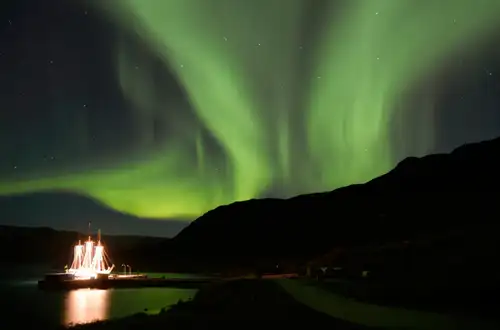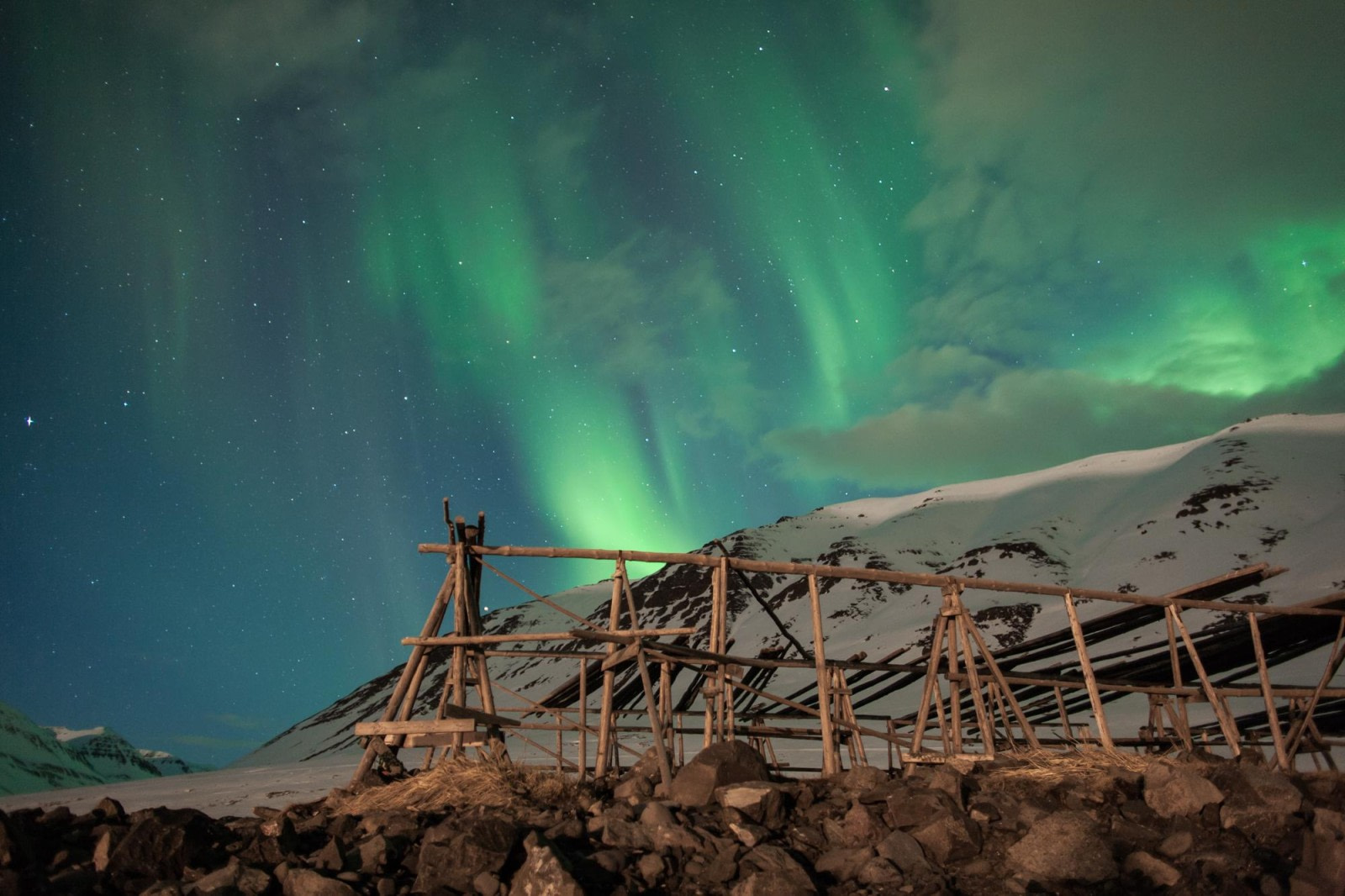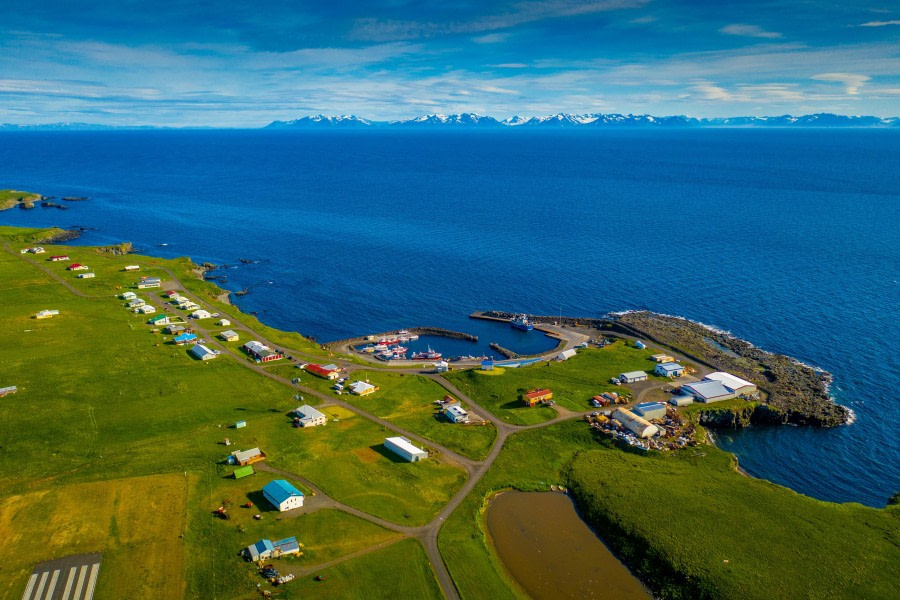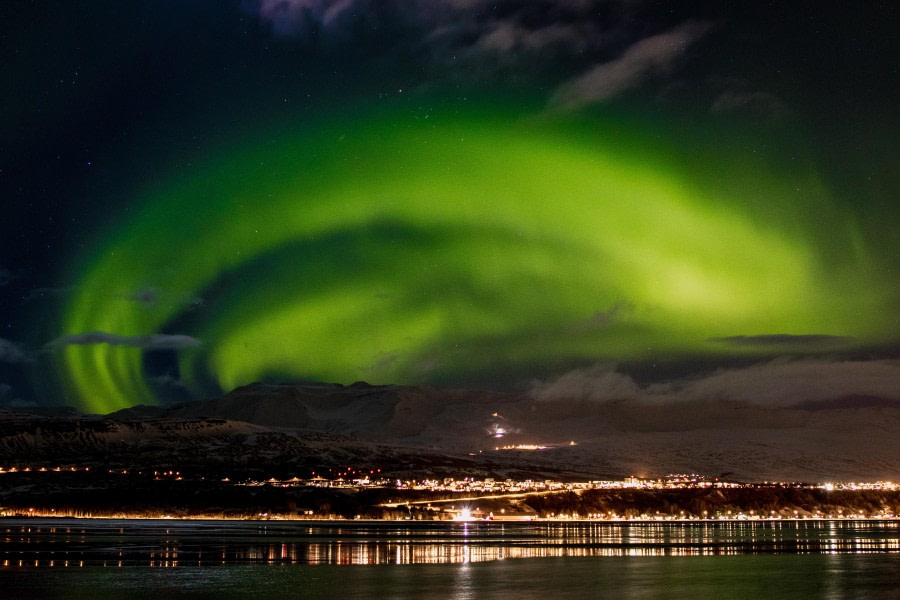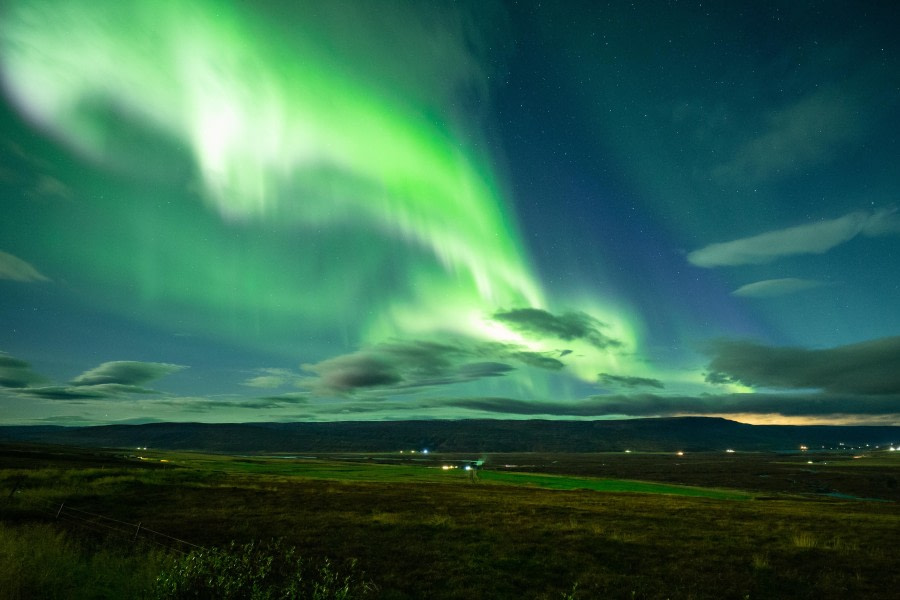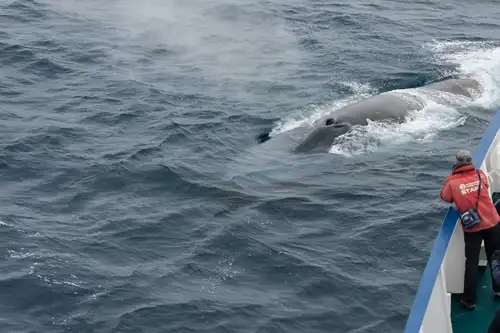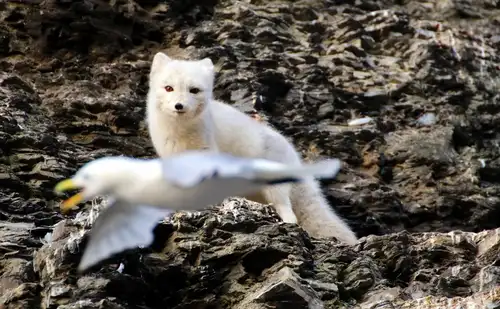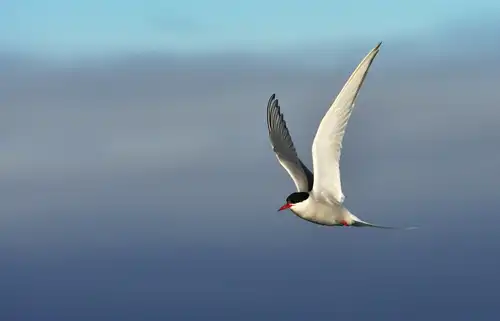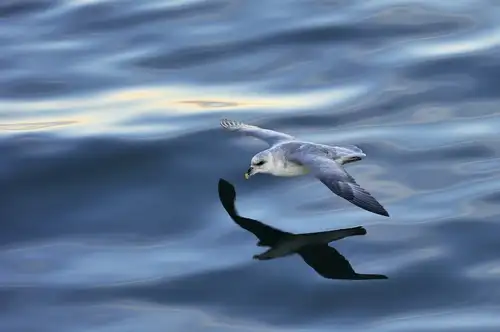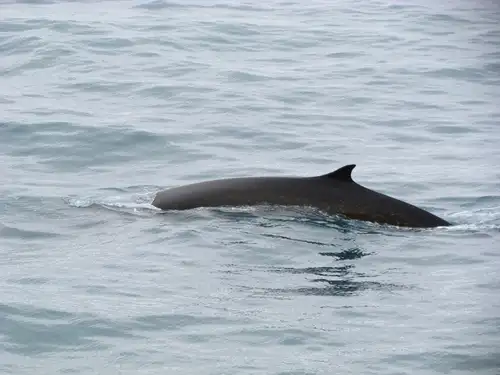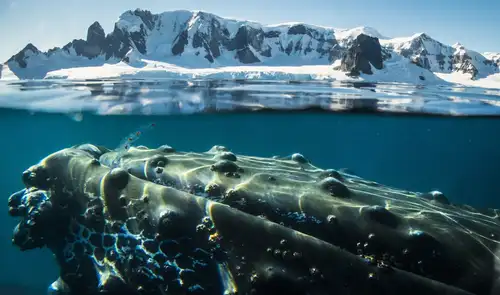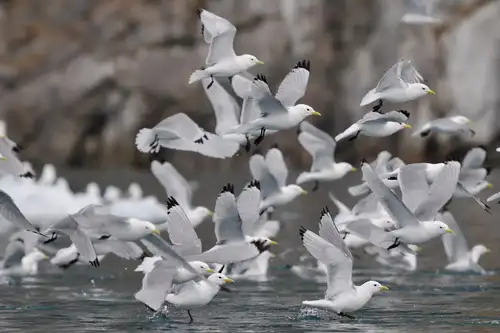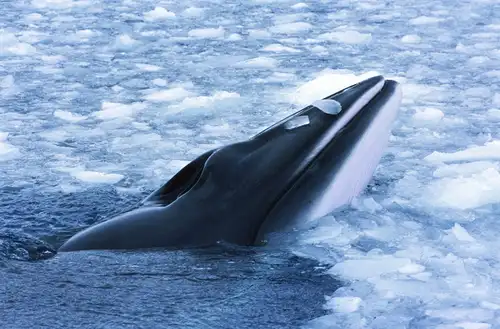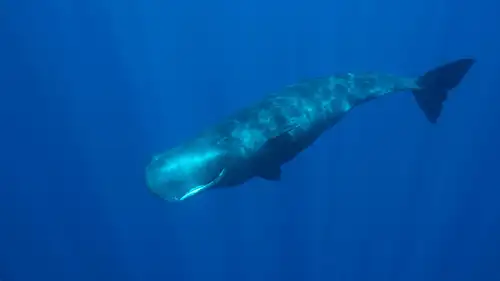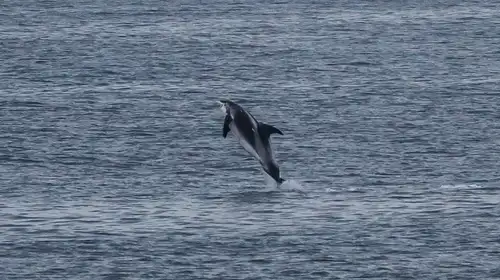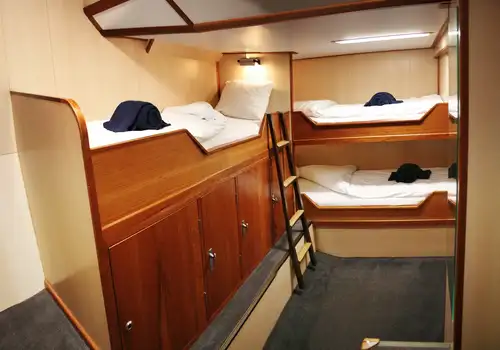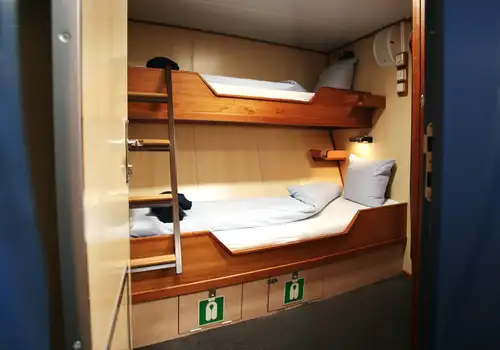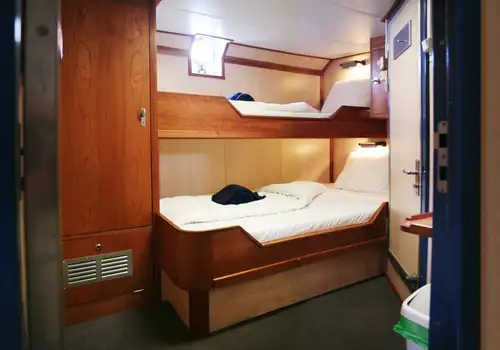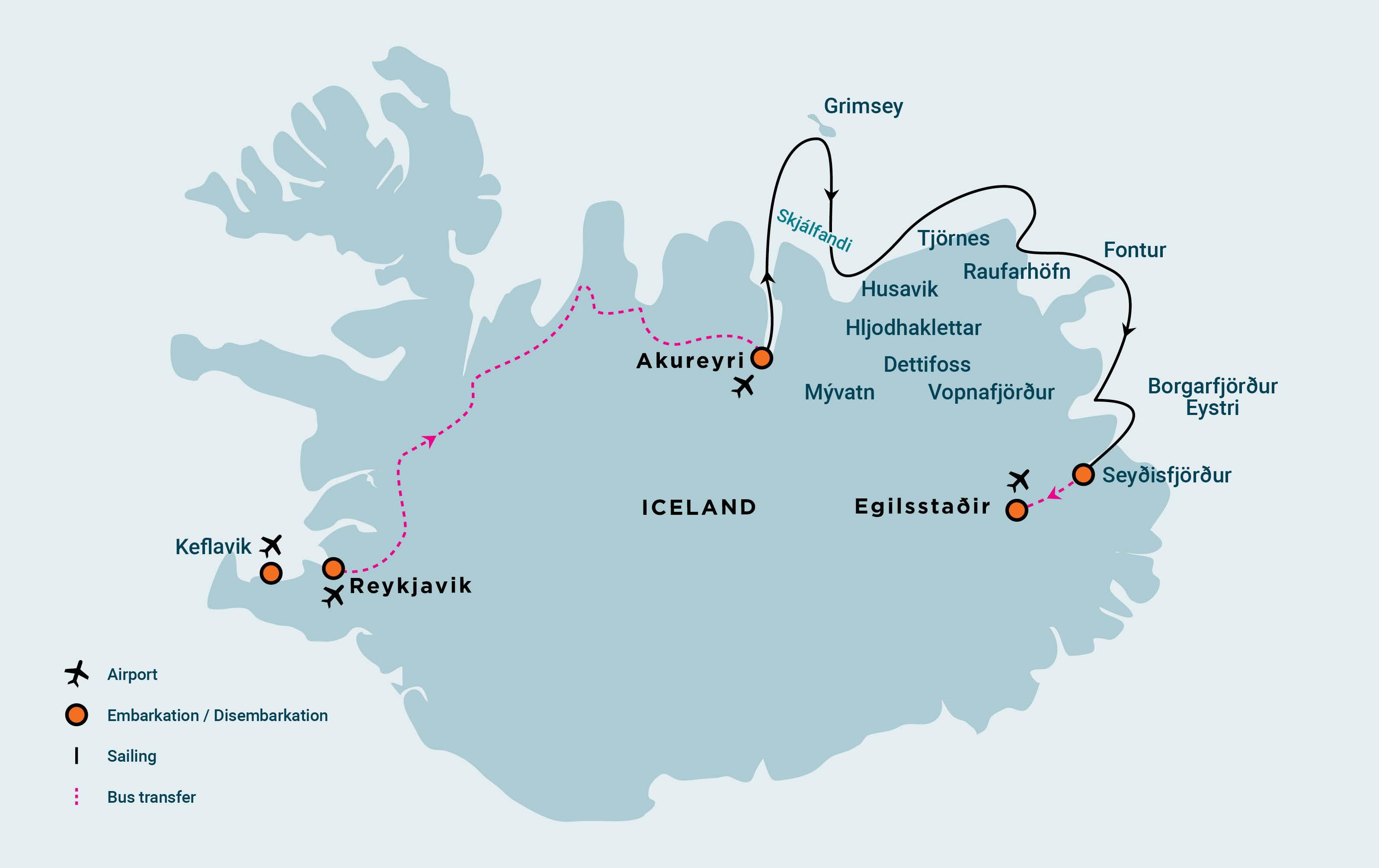
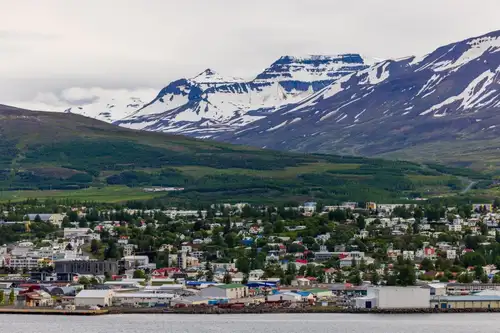


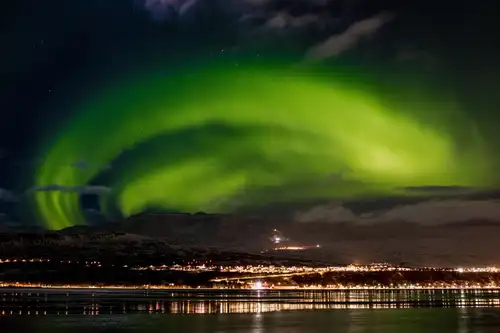
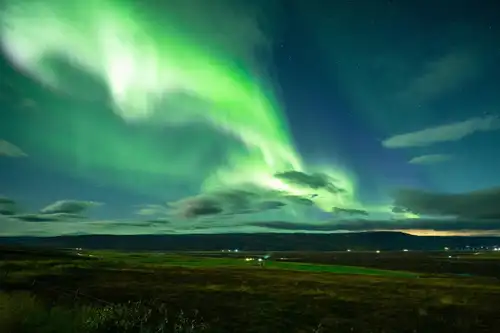


















 7 Days/6 Nights
7 Days/6 Nights




You arrive in Longyearbyen, the main town of Spitsbergen, the largest island in the Svalbard archipelago. Explore this former mining town, with its interesting parish church and Svalbard Museum. Despite its stark appearance, over a hundred plant species have been recorded here.
In the early evening, the ship sets sail from Isfjorden, where you might spot your first minke whale. You then head to Trygghamna, where you can visit the remains of a 17th-century English whaling station and an 18th-century Pomor hunting station the next morning.
Foxes, seabirds, and grazing reindeer
From Trygghamna, you walk to Alkhornet, a large seabird cliff where birds are scouting for breeding spots. Below the cliffs, you might see Arctic foxes and reindeer grazing on the lush vegetation if there’s not too much snow.
Remains of the whalers
You sail into Fuglefjorden, with views of Svitjodbreen and Birgerbukta, both breeding areas for great skuas and possible polar bear sightings. On Birgerbukta, you can see 17th-century Basque ovens used for cooking whale blubber. Next, you visit Ytre Norskøya, a small island that was a Dutch whaling lookout. Follow the whalers’ tracks to the summit, passing bird cliffs. Onshore, see more 17th-century blubber ovens and breeding Arctic skuas and common eiders among the graves of Dutch whalers.
The many sights of Svalbard
You start by sailing to either Sorgfjord or Murchison Bay, home to numerous reindeer and a Swedish research station. Continue through Hinlopen Strait, surrounded by ice caps. Over the following days, you may visit:
- Lomfjord: A beautiful fjord with towering mountains, great for hiking.
- Wilhelmøya: A tundra landscape where polar bears might be seen, good for various hikes.
- Svartknausflya: A stark polar desert rich with invertebrate fossils and whale skeletons.
- Heleysundet: A narrow, picturesque waterway between Spitsbergen and Barents, navigable against the current.
- Freemansundet: Depending on conditions, sail through this waterway. A walk at Kapp Lee may introduce you to reindeer and walruses, and you might visit a large colony of kittiwakes in Diskobukta. Arctic foxes and polar bears often roam here, scavenging for birds.
- Hornsund: Sail into the labyrinth of side fjords around Hornsund. At Brepollen, see a large glacial deposit. Sailing along the glacier front offers chances to spot bearded seals and polar bears. The geological formations are vibrant and mesmerizing.
- Bellsund: On the way to Longyearbyen, you may reach Ahlstrandhalvøya, with fascinating geological formations and remains of 20th-century beluga hunting. This is still a good area to see beluga.
There and back again
Every adventure must end. You disembark in Longyearbyen, taking home memories for your next journey.














s/v Remvrandt van Rijin
Our three-mast schooner, Rembrandt van Rijn, is ideally suited for expedition cruising among the fjords of Greenland and Spitsbergen.

Specifications
| Passengers: | 33 in 16 cabins |
| Staff & crew: | Crew 10 | Guides 2 |
| Length: | 49,50 meters |
| Breadth: | 6,65 meters (22,9 ft) |
| Draft: | 2,8 meters (8 ft) |
| Ice class: | Suitable to sail in the Svalbard and Greenlandic waters. |
| Displacement: | 435 tonnes |
| Propulsion: | 2 cummins engines together 550 KW |
| Speed: | 6,5 knots average cruising speed |
Cabins Gallery


Ship Interior Gallery


Ship Exterior Gallery


S/V Rembrandt Van Rijn was originally built as a herring lugger in 1947. The vessel was then rebuilt as a three-mast passenger sailing schooner in he Netherlands in 1994, sailing in Spitsbergen (1994 – 1996) and the Galápagos (1998 - 2001). The vessel later underwent a complete rebuilding and refurbishment program until 2011. The communication and navigation equipment has been completely renewed according to the latest SOLAS regulations.
Perfect for expedition cruising among small islands
The ship is well suited for expedition cruising among small islands and offer good open deck viewing areas, also when under sail. The two inflatable rubber crafts (Zodiacs) enable landing and wildlife viewing opportunities in otherwise inaccessible areas.
Comfort and Character
Rembrandt van Rijn measures 49,50 meters in length, 7 meters in width, and has a draft of 2,8 meters. The average cruising speed on engines is 6,5 knots. It has an experienced crew of 12 persons on board including 2 tour guides. The ship can accommodate a maximum of 33 passengers in 16 cabins. It has one Triple Private cabin (with shower and toilet and porthole), six Twin Private Inside cabins (with shower and toilet, no porthole), and nine Twin Private cabins (with shower and toilet and porthole).
Age range & Nationality onboard
Passengers on a typical voyage range from their 30s to their 80s - with a majority usually from 45 - 65, but a little younger on the Rembrandt van Rijn, between 30 - 55. Our expeditions attract independent-minded travellers from around the world. They are characterised by a strong interest in exploring remote regions. The camaraderie and spirit that develops aboard is an important part of the expedition experience. Many departures have several nationalities on board.
Catering
Three simple but good meals of international cuisine per day are served buffet style in the restaurant and is prepared by our cook.
Dress code
In keeping with our expeditions atmosphere, dress on board is informal. Bring casual and comfortable clothing for all activities. Keep in mind that much of the spectacular scenery can be appreciated from the deck, which can be slippery. Bring sturdy shoes with no-slip soles and make sure the parka is never far away in case of the call "Whales!" comes over the loudspeaker and you have to dash outside. Wear layers since it is comfortably warm aboard the ship - and often cold on deck.
Electric Current
The electrical supply aboard the ship is 220 volt 50hz. Electrical outlets are standard European with two thick round pins. U.S. passengers may need a 220v/110v converter.
Excursions & Landings
Every day there will be excursions on land, weather and ice permitting. The landings will take three to six hours per day over untracked areas. According to circumstances (the weather, the ice situation or the passengers´ wishes) the program can sometimes be adjusted. Ample time will be devoted to wildlife, vegetation, geography, and history.
Gratuities
The customary gratuity to the ship's crew and expedition leader is made as a blanket contribution at the end of the voyage. Tipping is a very personal matter and the amount you wish to give is at your discretion. We suggest to give cash in Euros, US Dollars or Danish kroner.
Non-smoking policy
On board our vessels we have a non-smoking policy. It is prohibited to smoke inside the ship. You can smoke in designated ares. Please respect the wishes of non-smokers.
The crew
The crew of the ´Rembrandt van Rijn´ consists of 9 experienced crew and 2 expedition guides and a cook. The sailors are in charge during sailing and will bring us ashore.
Your physical condition
You must be in good general health and you should be able to walk several hours per day. The expedition is ship-based and physically not very demanding. Although we spend as much time as possible ashore, you are welcome to remain aboard the ship if you like. To join most excursions, you must be able to get up and down the ladder from the ship to the water level to board the Zodiacs. Staff will assist you in and out of the boats. This will become progressively easier with practice. Ashore it can be slippery and rocky. You are travelling in remote areas without access to sophisticated medical facilities, so you must not join this expedition if you have a life-threatening condition, or need daily medical treatment.
- The expedition team keeps you informed about our location and destination.
- Nexta Expeditions does not allow the use of recreational UAVs/quadcopters/drones during its voyages. This applies both on the ship and off, regardless of any permits held by the passenger. The International Association of Antarctic Tour Operators (IAATO) has prohibited the recreational use of UAVs/quadcopters/drones on member vessels, Zodiac boats, and during scheduled landings. Also, the Government of South Georgia and the South Sandwich Islands have issued a ban on recreational use of these devices in their territories. The Association of Arctic Expedition Cruise Operators (AECO) has also prohibited the recreational use of UAVs/quadcopters/drones on member vessels and during all cruise excursions. As a full member of both IAATO and AECO, Nexta Expeditions supports their prohibition on the recreational use of drones in order to minimize environmental impact and enhance passenger experience.
- We accept payment via bank transfer, Wise or credit card (Mastercard and Visa). When paying with a credit card, we have to pass on a credit card fee.
- Aboard Hondius, Ortelius, Plancius, and Rembrandt van Rijn, refreshments and souvenirs will be charged to your cabin. The day before disembarking, you can settle your bill with the hotel manager and pay by Visa or MasterCard, Diners Club/Discover, Union Pay, or cash (Euro or USD). The prices and standard currency on board all of our vessels is the Euro.
- The sailing vessel Rembrandt van Rijn was originally built as a herring lugger in 1947, then rebuilt in the Netherlands in 1994.
- The vessel Rembrandt van Rijn can accommodate maximum of 33 passengers in 16 cabins. Furthermore, there is an experienced crew of 12 on board including two tour guides.
You May Also Like


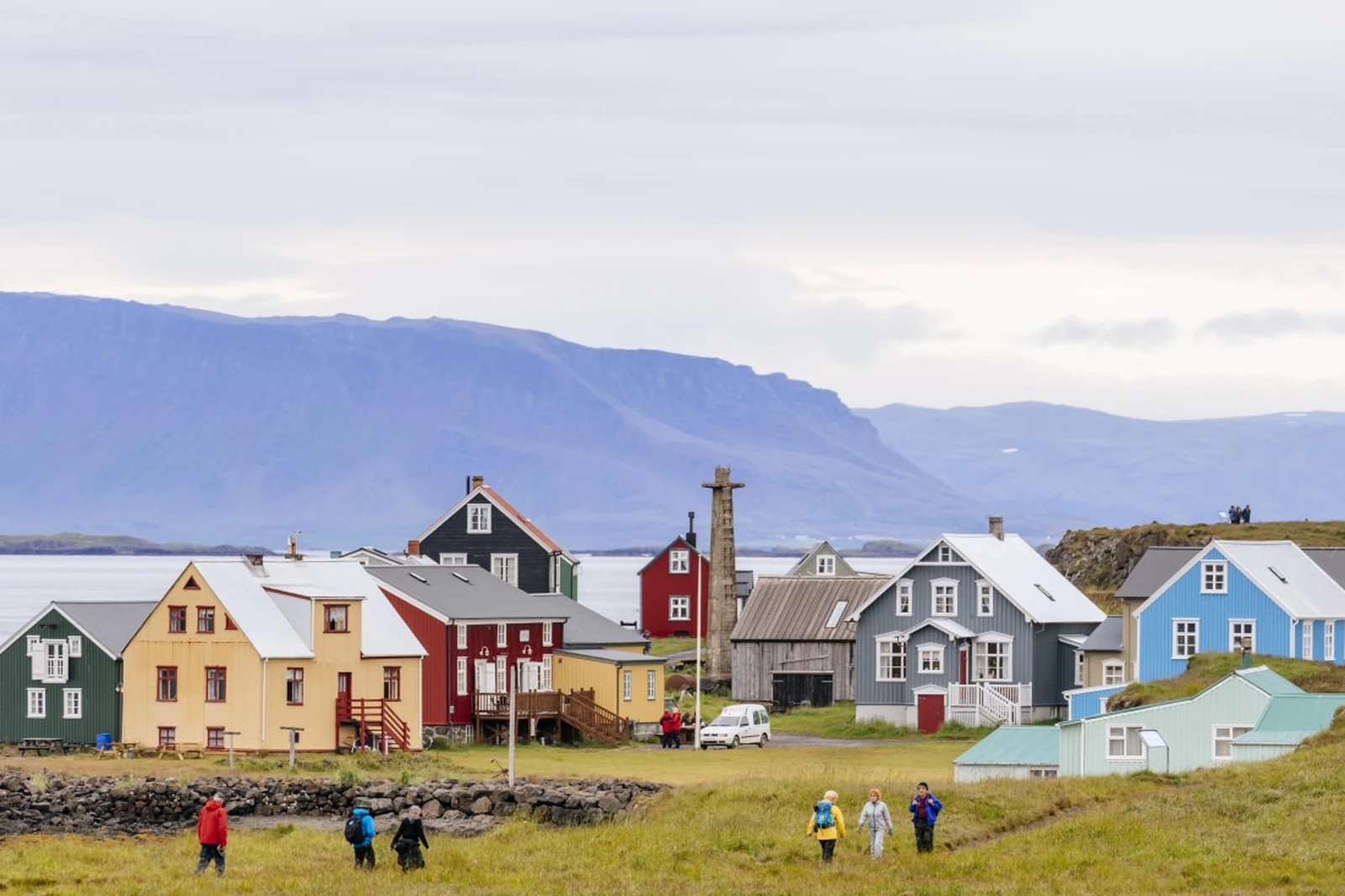
Northwest Iceland Explorer - Into the Greenland sea ice
 8 Days / 7 Nights
8 Days / 7 Nights
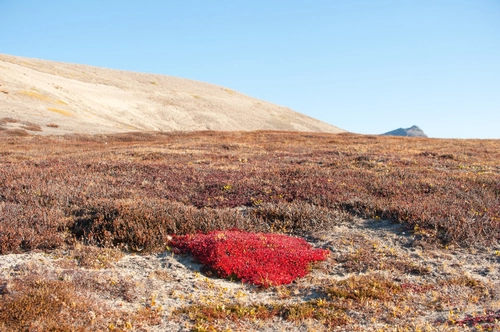
Northeast Greenland Solar Eclipse Explorer Voyage
 14 Days / 13 Nights
14 Days / 13 Nights
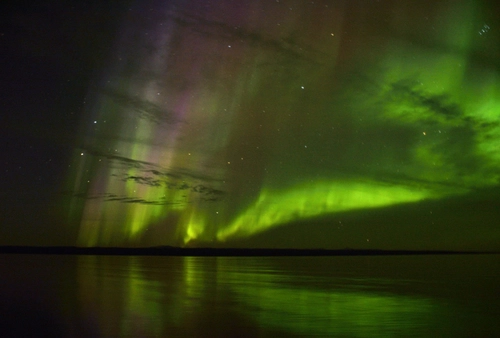
East Greenland, Scoresby Sund - Iceland , Aurora Borealis, Fly & Sail
 12 Days / 11 Nights
12 Days / 11 Nights

Northeast Iceland Explorer , Aurora Borealis, Hike & Sail - Incl. Bus back up
 7 Days / 6 Nights
7 Days / 6 Nights

Northwest Iceland Explorer - Into the Greenland Sea Ice - Summer Solstice
 8 Days / 7 Nights
8 Days / 7 Nights

Arctic Ocean - Spitsbergen: Jan Mayen, Ice Edge & Birding - Summer Solstice
 9 Days / 8 Nights
9 Days / 8 Nights

East Greenland, Scoresby Sund - Iceland, Aurora Borealis, Fly & Sail
 12 Days / 11 Nights
12 Days / 11 Nights

Northeast Iceland Explorer, Aurora Borealis, Hike & Sail - Incl. Bus back up
 7 Days / 6 Nights
7 Days / 6 Nights
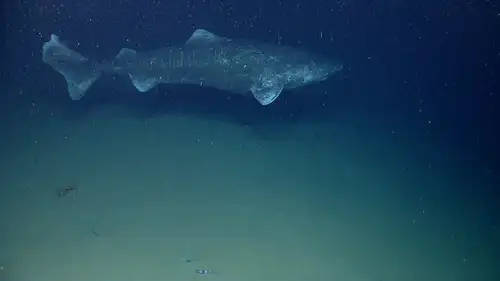
9 Facts about the Greenland Shark
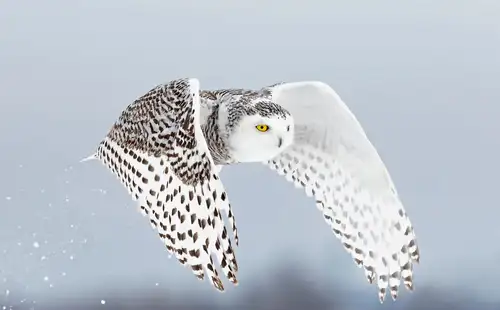
Secrets of the Snowy Owl: Habitat, Adaptations, and Other Facts

8 Scientific Wonders of the Arctic

Arctic Foxes: Constant Gardeners of the Arctic
